Second Mate: Exam, Eligibility, Syllabus
Table of contents
- 1. Second Mate Overview
- 2. 2nd Mates Exam
- 3. 2nd Mate Function Course
- 4. 2nd Mate Assessment Process
- 5. GMDSS
- 6. 2nd Mate Course Fees
- 7. 2nd Mate Exam Eligibility
- 8. 2nd Mate Syllabus
- 9. 2nd Mate Exam Pattern
- 10. 2nd mate signaling exam
- 11. 2nd Mate Exam Schedule
- 12. How to apply for 2nd Mate CoC:
- 13. 2nd Mate Exam in UK
- 14. 2nd Mate Exam Fees in India
- 15. Conclusion
- FAQs
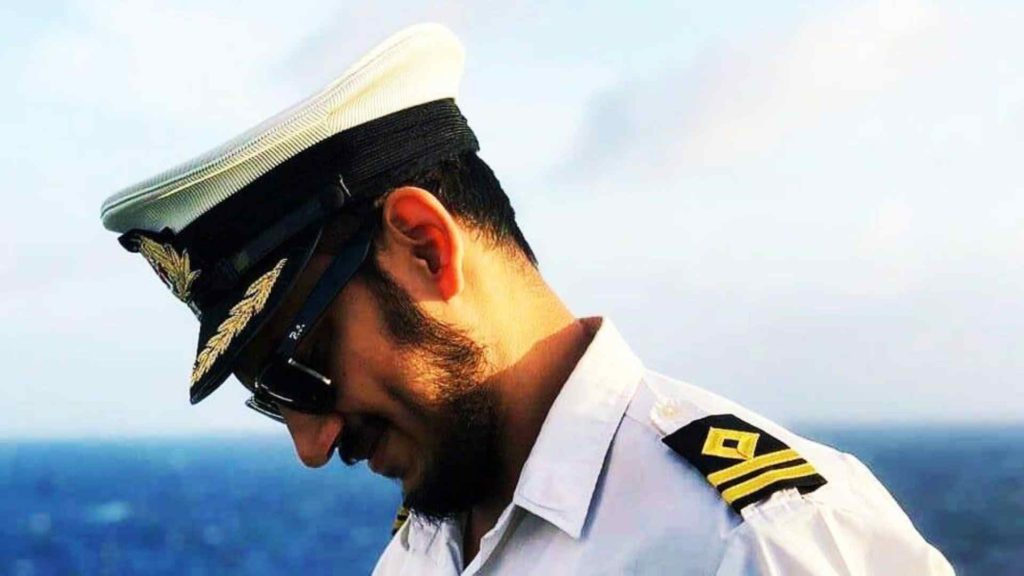
1. Second Mate Overview
The Second Mate Exam in India is the building block of a Deck Officer’s Career and
Should therefore be properly studied and understood.
There needs to be more clarity about what this examination is all about and the entire process just seems too complicated and troubling.
In this Blog, we are going to make it as simple as possible for you to understand the intricate details of the examination and plan your steps with a full appraisal of the circumstances.
The Blog will apply to those who are sailing or planning on sailing onboard Foreign Going (F.G) Merchant vessels
Check out our comprehensive guidance video on the 2nd Mate COC Exam here:
2. 2nd Mates Exam
Before understanding what the 2nd Mates Exam is, we need to understand the Career Progression of a Deck Officer
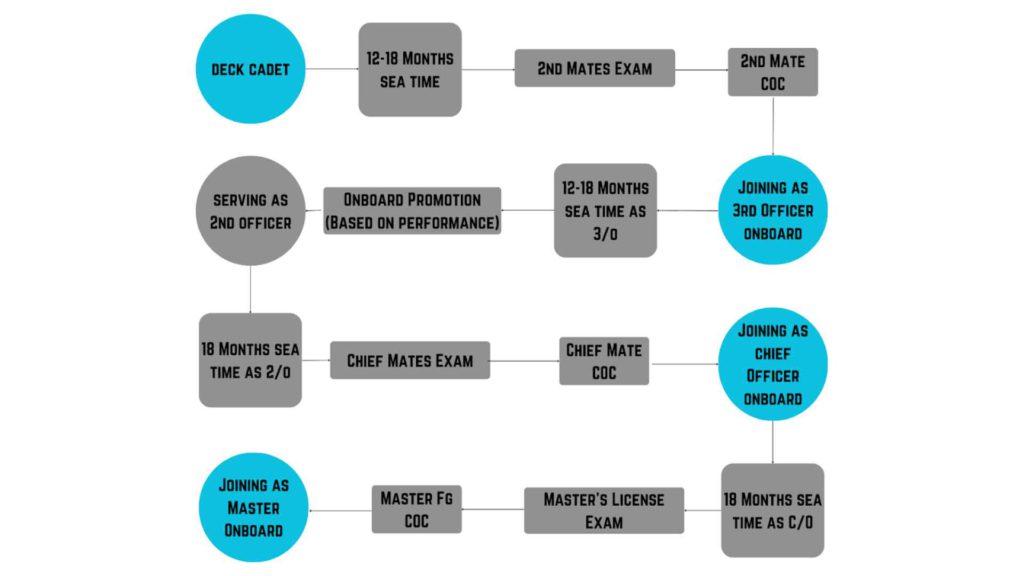
- In Simple Words, The 2nd Mates Exam is required as it grants you the license to perform duties as a 2nd Mate onboard a ship would do.
- As you can see from the above flowchart, a Deck Cadet needs to successfully Pass the Examination to Sail onboard as a Third Officer and for further promotion to Second Officer
- The Director General of Shipping(D.G) is responsible for the conduct of professional license exams for Merchant Navy Officers in India.
3. 2nd Mate Function Course
The courses required for the 2nd Mate Examination can be grouped as follows:
- 2nd Mate Function Course
- Advanced STCW & Modular Courses
- Simulator-Based Courses
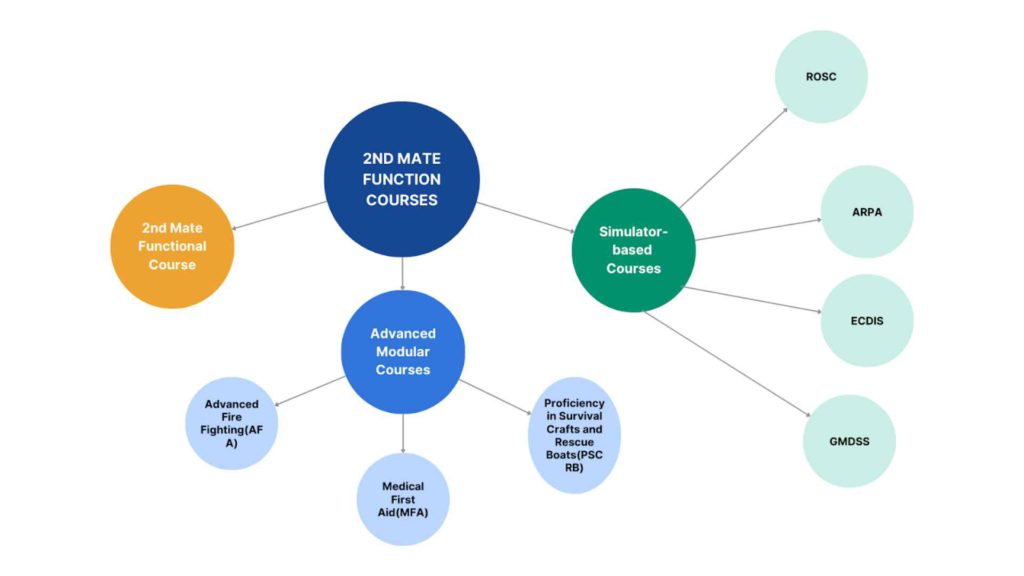
- The Standards of Training, Certification, and Watchkeeping(STCW) Convention requires seafarers to undergo various courses throughout their careers.
- For the 2nd Mates Examination, the following Advanced Modular Courses are required.
- Physical Classes are held for all of these courses at the Maritime Training Institute
- For all of these courses, E-learning should be completed on the D.G. Shipping Website.
Basic Details of all the 7 required courses are given below:
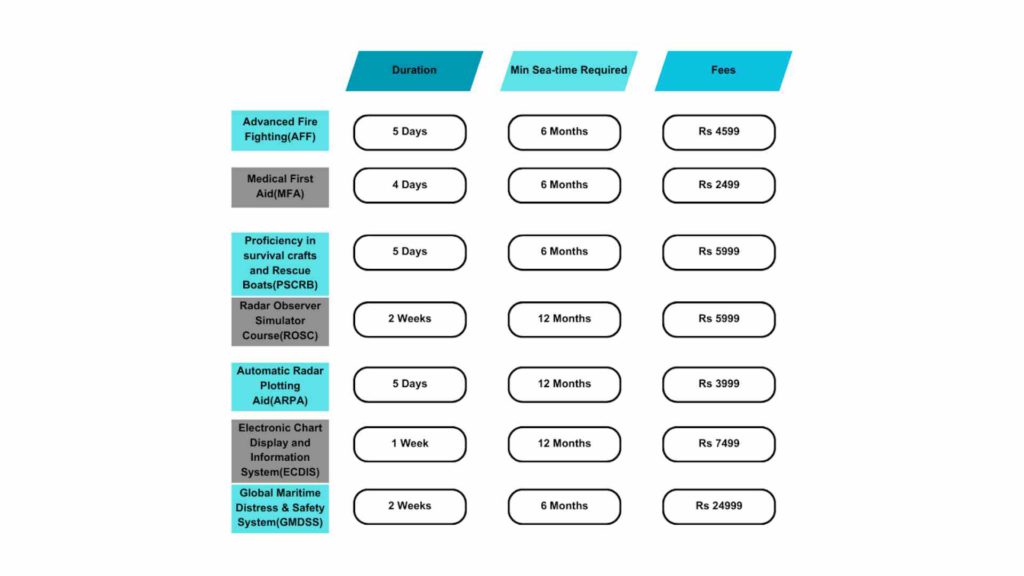
3.1. Where Should You Do Your Courses From?
Courses can be done at any Institute of your convenience.
Two things are to be kept in mind:
- Quality and review of the institution
- Financial Feasibility
The GMDSS Course should be given special attention as it is considered to be one of the most challenging courses and probably the most important. Only a good institute should be chosen for this course.
4. 2nd Mate Assessment Process
To be eligible to attend the 2nd Mate Exam(Orals+Writtens), certain documents are required to be submitted to the MMD of your Choice.
Only when these documents are verified, one become eligible to attend the exams.
The MMD issues an Assessment Checklist, based on which you need to present the Documents
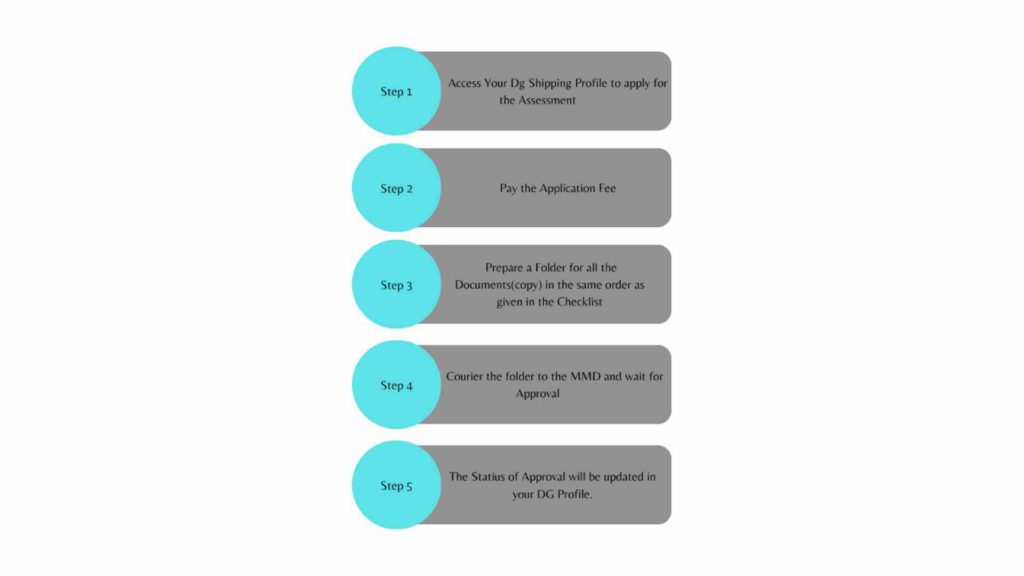
4.1. 2nd Mate Assessment Checklist:
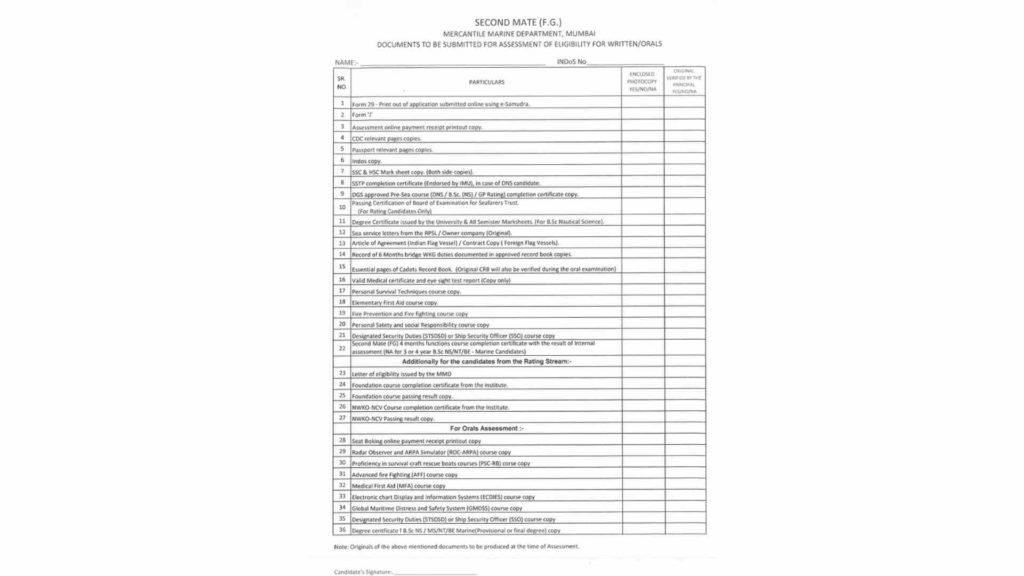
5. GMDSS
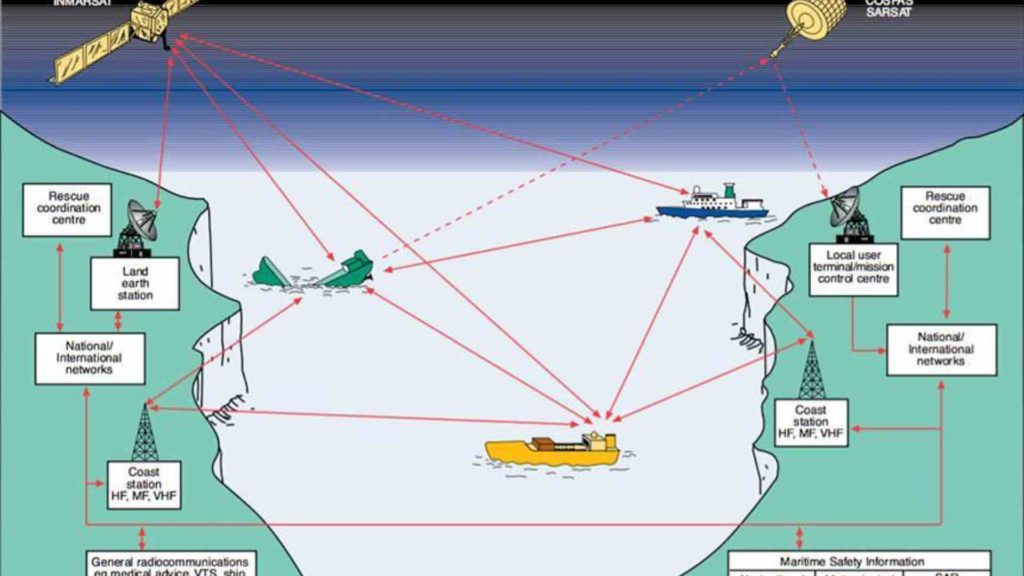
- GMDSS stands for Global Maritime Distress and Safety System
- It is a System that relies on Satellite and Land Based radio Stations to Facilitate Ship-shore communication(Rescue Coordination Center)
- The GMDSS Course consists of the following:
- 12-Day Course
- 3-4 days of Exam conducted by the Ministry of Communications
- After Completing the course, you will get to know the essential emergency & distress procedures using several pieces of equipment.
5.1. Importance of GMDSS Course & Exam:
- The GMDSS Course involves subjects entirely new to your knowledge
- A strict invigilated exam lasts 3-4 days.
- Invigilation and orals are conducted by officials from 2 different departments of the government of India.
- As an officer, you must be thorough with the GMDSS equipment. In a real-time distress situation, your proficiency in handling GMDSS equipment may prove to be detrimental.
5.2. GMDSS Course Fees:
| Minimum Eligibility | CLASS 12th Pass Certificate with Physics, Chemistry, and Mathematics Passport Valid SID. |
| Documents Required | PassportCLASS 12 CERTIFICATECLASS 10TH CERTIFICATECDC Sailing Page(For GMDSS) |
| Duration | 12 Days + 3-4 days Exam |
| Course Fees | ₹24999 |
| Conducting Body | DG Shipping & Ministry of Communications (MOC) |
Note: All of the above-mentioned details may vary from Institute to Institute. Visit respective websites to gather full knowledge
5.3. GMDSS Exam Pattern
Part A: Written Theory
| Section | Type | Maximum Marks | Passing Marks(Section-wise) | Passing Marks(Both Sections) |
| Section A | MCQ (30 Nos) | 30 | 18/30 | 36/60 |
| Section B | Descriptive( 5 SOLAS Questions) | 30 | 18/30 |
Part B: Commercial Working & Practical
| Section | Description | Maximum Marks | Passing Marks |
| R/T Log | Log Keeping | 30 | 70% |
| Single Side Band(SSB) Orals | Surveyor asks questions | 20 | |
| INMARSAT | Practical+Orals | 30 | |
| DSC | Practical + Orals | 20 |
5.4. GOC
It stands for General Operators Certificate.
It is the highest level GMDSS Radio operator qualification
After clearing your GMDSS exam, you will be issued a provisional GOC License which needs a GOC Endorsement
Cost of GOC
| Subject | Fees |
| GOC Endorsement | ₹3000 |
| GOC Hard Copy (20 Years Validity) | ₹5000 |
| GOC Hard Copy (Lifetime Validity) | ₹10000 |
6. 2nd Mate Course Fees
In the end, it all boils down to this question:
- How much money does a deck cadet need to save for the 2nd Mate Exam?
The following table may give you a better idea about the total cost of the 2nd Mate exam:
| Topic | Money Required |
| Advanced & Modular Courses | AFF Course(6 days)- ₹7500 MFA Course(4 days)- ₹3500 PSCRB Course(5 days) – ₹6500 ROSC Course( 2 weeks) – ₹13,000 ARPA Course – ₹7000 ECDIS Course – ₹13,000 GMDSS Course – ₹35,000 GOC Endorsement – ₹3000 Total Cost – ₹88,500 Note: All of the costs are rough estimates and based on the average cost of these cour |
| 2nd Mate Function Course(For DNS) | ₹40000(Average) |
| 2nd Mate Assessment | ₹3000 |
| 2nd Mate Written Exam | ₹3000 (1st Attempt ) |
| 2nd Mate Oral Exam | ₹3000 (1st Attempt ) |
| COC application | ₹3000 |
| Fooding & Lodging | ₹60000 (For DNS cadets due to function course ) ₹15000 (For BSc Cadets) |
| Miscellaneous | ₹10000 |
| Total Cost | ₹2,10,500 (For DNS Cadets) ₹1,35,500 (For B.Sc cadets) (Approx) |
7. 2nd Mate Exam Eligibility
The Eligibility criteria vary according to the type of course completed at the pre-sea training level.
The following components are required:
- Completion of pre-sea training
- Completion of required Sea time
- Functions Course
- Completion of Advanced Modular Courses
- Passing the Signalling Exam
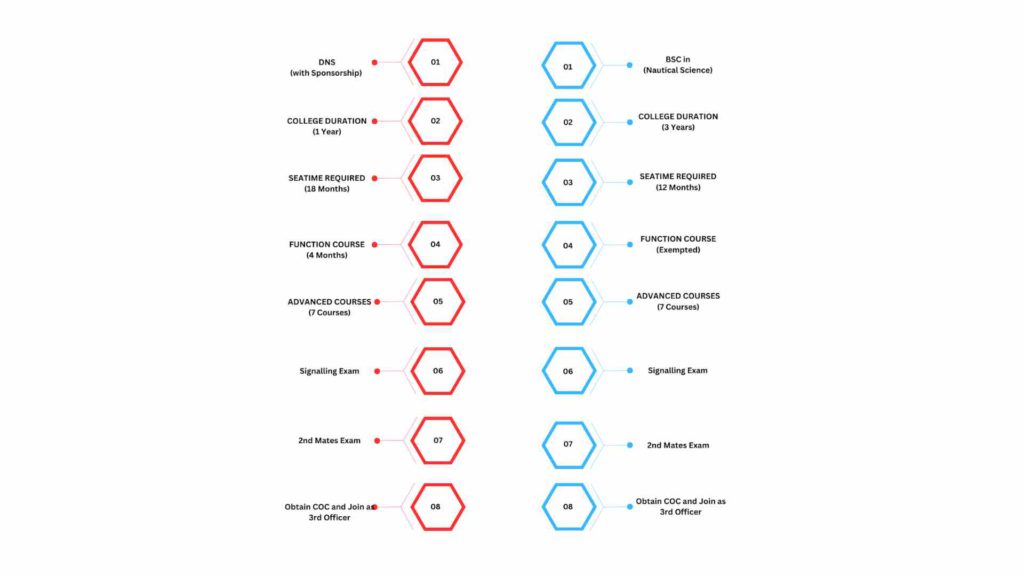
8. 2nd Mate Syllabus
The 2nd Mate Exam Syllabus is divided into three Functions that comprise different subjects. They are listed in the following table:
| Functions | Subjects |
| Function 1 | Terrestrial & Coastal Navigation Celestial Navigation Bridge Equipment and Watch Keeping Meteorology |
| Function 2 | Cargo Work |
| Function 3 | Ship Stability Ship Safety Environmental protections Construction |
For Syllabus Details, download the Polaris app- Click Here
8.1. 2nd Mate Written Examination Syllabus:
| Sr. No. | Subject | Sub-topics |
| 1 | Terrestrial & Coastal Navigation | Passage Planning Chart Work- Running Fix, 3-point Bearing, H.S.A, Rising & Dipping, First & Last Sight, Allowing & Counteracting Days Work Great Circle Tidal Calculations Chart Symbols |
| 2 | Celestial Navigation | Principal Navigation Theory& Numericals Staggered & Simultaneous Observations Long by Chron Sun/Moon Intercept Method Compass Error by ABC method, amplitude, Time of Rising Setting, Meridian Passage, Meridian Altitude of Sun Polaris, Computing Altitude, Meridian Altitude of Sun |
| 3 | Meteorology | Coding & Decoding Wind Triangle, Theory of Wind Meteorological Instruments Atmosphere/Atmospheric pressure Clouds/ Visibility/ Climatology Weather System/ Sea & Swell/ Weather Forecasting |
| 4 | Bridge Equipment | Gyro Compass, Magnetic Compass, Auto-Pilot, Course Recorder, ROTI Doppler Log, E.M Log, Echo Sounder, BNWAS G.P.S L.R.I.T, AIS, VDR, Sextant Bridge Procedure IAMSAR, VTS Procedure, Ship Reporting System Watch-keeping, BRM Maneuvering |
| 5 | Cargo Work | Dry Cargo numerical Wet Cargo numerically Dry theory Wet Theory IMDG Container/ RORO Refrigerated Cargo & General Cargo Damage to Cargo & reporting |
| 6 | Ship Construction, Stability, Ship Safety & Environmental Protection | M.V Hindship Stability Numerical Ship Construction Diagram MARPOL/BWM Ship Safety & Environment Protection Safe Working Practices & Checklist Ship Construction Theory Maritime Legislation(SOLAS/ ISPS/ ISM) Leadership & Team Working Skills |
For the official Question Paper Format,
To know about the Eligibility Criteria for the 2nd Mate Examination,
8.2. 2nd Mate Oral Syllabus:
FUNCTION I: NAVIGATION AT THE OPERATIONAL LEVEL
1. Plan and conduct a passage and determine position–
Ability to Use Celestial and Terrestrial bodies, Landmarks, and Aids to navigate to determine position, to appreciate and allow for the effect of wind, tides, and current, to use charts incl. ECDIS AND PUBS e.g. Sailing Directions. Radio Navigational warning, Routing information, etc. Ability to correctly use Nav-aids e.g. Echo sounders, Compass (Gyro and Magnetic), Steering control systems and their adjustments, etc. Ability to interpret information received from Shipboard Meteorological Instruments.
2. To maintain a safe Navigational watch
Thorough Knowledge of content, application, and intent of ROR Lookout duties.
3. Respond to Emergencies
Precautions for personnel protection and safety, initial assessment of damage, and control in case of fire, collision, flooding, standing, etc. Making emergency MasterCard and conducting drills Responding to distress signals at sea, Knowledge of IAMSAR.
4. Ship maneuvering and handling.
Knowledge of factors affecting Safe maneuvering capabilities and their optimum uses.
FUNCTION II: CARGO HANDLING & STOWAGE
1. Monitor loading, Discharging, Stowage, and care during passage
Knowledge of safe handling, storage, and securing of cargoes including dangerous, hazardous, and harmful cargoes, and their effects on the safety of life and of the shop. Use of IMDG code.
FUNCTION III: CONTROLLING SHIP OPERATION
1. Compliance with pollution prevention requirements
Knowledge of precautions to prevent air and sea pollution, Knowledge of pollution prevention rules and regulations, Anti-pollution procedures, and all associated equipment.
2. Maintain the seaworthiness of the ship.
Working knowledge and application of stability, trim and stress tables, diagrams and stress-calculation equipment, understanding of basic actions to be taken in case of partial loss of intact buoyancy, understanding of fundamentalPrincipal of watertight integrity, Knowledge of principal structural members of a shop and proper names for the various parts.
3. Prevent, control, and fight fires on board
Knowledge of fire prevention, Ability to organize fire drills, Knowledge of firefighting systems, and understanding of actions to be taken in the event of a fire, including fire involving oil systems.
4. Operate Lifesaving Appliances
Ability to organize abandonship drills and knowledge of the operation of survival craft and their associated equipment including Life Saving Appliances and Life support apparatuses.
5. Apply Medical First Aid on board
Practical application of medical Guide and advice by Radio including the ability to take effective Life Saving action in case of on-board emergencies. Maintenance of medical chest.
6. Monitor compliance with legislative requirements.
Basic working knowledge of the main IMO convention, the Indian Merchant Shipping Act. 1958 and M/M.S. notices and other circulars (Issued by D.G.S. and various recognized forums)
8.3. Documents required for 2nd Mate Exam:
The Various documents required for the 2nd Mate Examination at various stages of the courses and examination are as follows:
- CDC
- Medical Fitness Declaration
- Basic STCW Course valid certificates
- 2nd Mate Function Course Certificates( For DNS only )
- Advanced STCW Course valid certificates
- Passport
- CDC
- SSTP
- 6 Months watch-keeping certificate signed by Master
- SSC and HSC Mark Sheet/ Degree Certificates
This is just a basic overview of some documents required.
Go through our comprehensive blog on 2nd Mate Exam Eligibility, Full detailed information.
9. 2nd Mate Exam Pattern
The 2nd Mates Exam Consists of the following Components:
- 6 Written Exams
- 3 Oral Exams
- Signaling Exam(Morse)
It is further Illustrated Below:
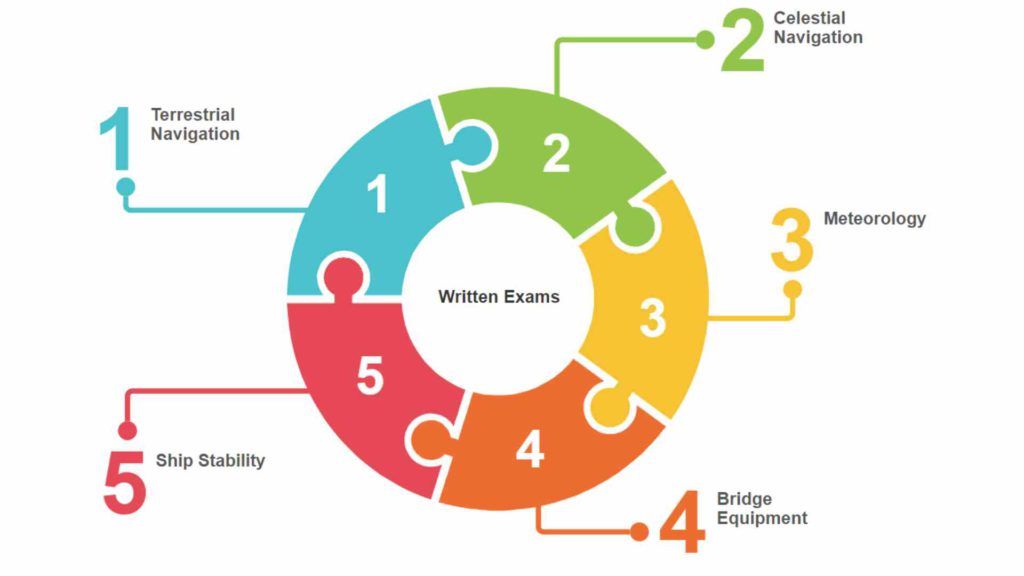
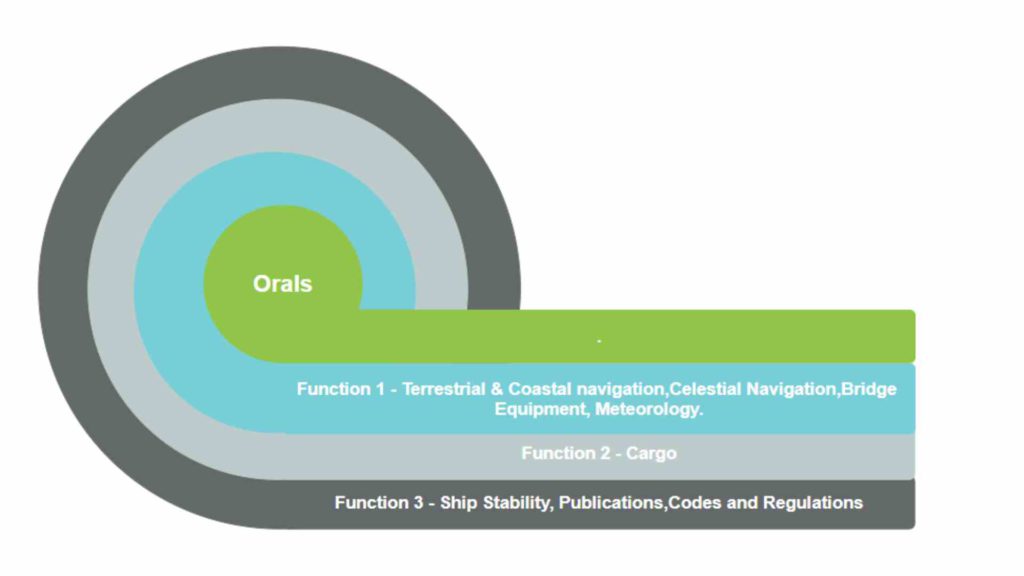
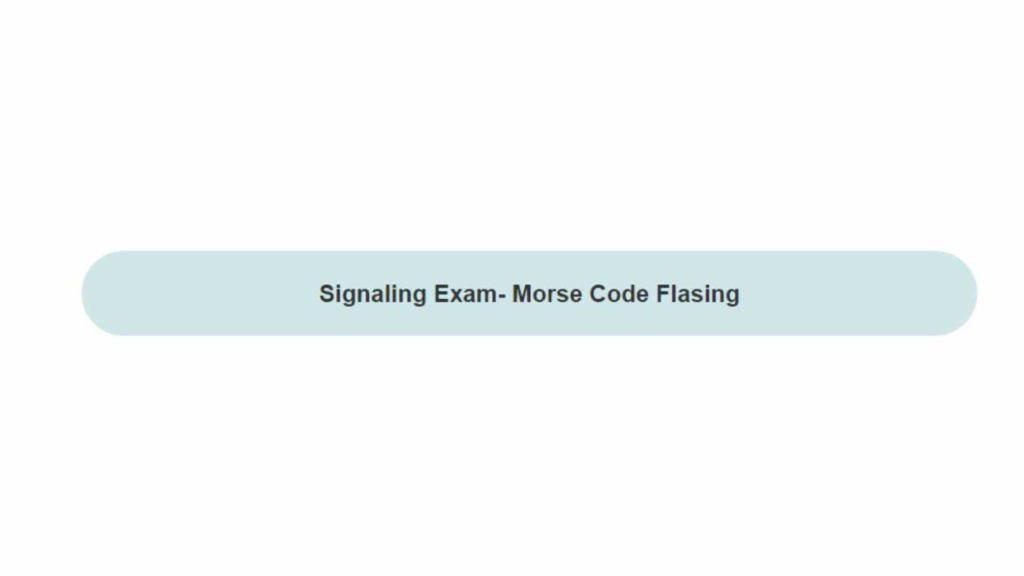
9.1 2nd Mate Written Examination:
Details of the written examination are given below:
| Sr. No | Subjects | Maximum Marks | Passing Marks | Duration |
| 1. | Terrestrial & Coastal Navigation | 200 | 140 | 3 Hrs |
| 2. | Celestial Navigation | 200 | 140 | 3 Hrs |
| 3. | Meteorology | 100 | 50 | 2 Hrs |
| 4. | Bridge Equipment | 200 | 100 | 3 Hrs |
| 5. | Cargo work | 200 | 120 | 3 Hrs |
| 6. | Ship Construction, Stability, Ship Safety & Environmental Protection | 200 | 120 | 2 Hrs |
9.2 Most Difficult Subject of 2nd Mate Examination:
Now, difficulty is a subjective term and can vary from individual to individual.
We have ranked the difficulty of the subjects as per our personal preferences:
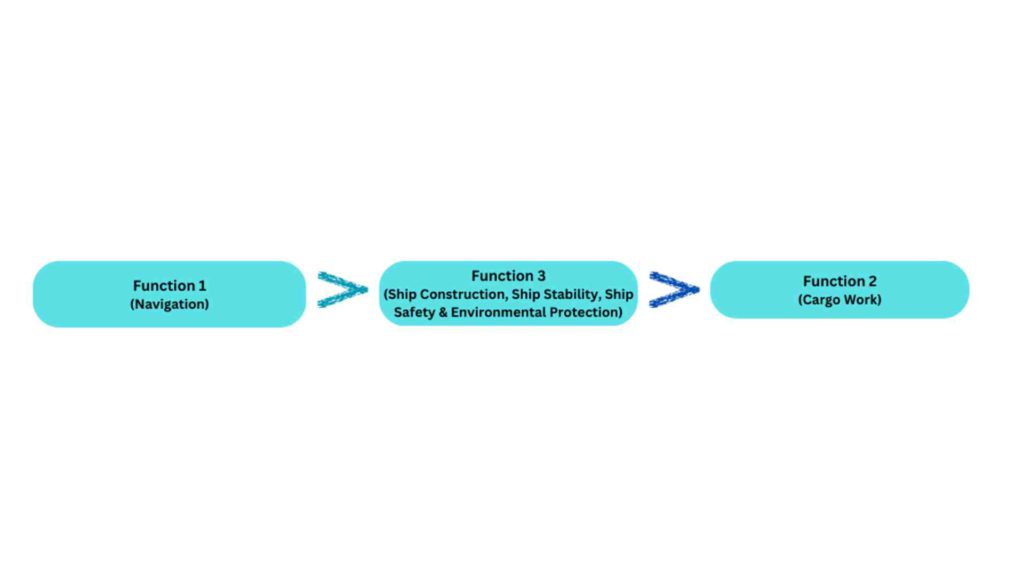
- Function 1 is extremely vast and includes a variety of topics. Extensive preparation is required to understand as well as remember topics properly. In the Oral examination, the most imaginative questions that require thinking are asked from this function
- Function 3 is also vast but not as vast as Function 1. Some subjects need very little understanding and more learning. The only exception is Stability.
- Function 2 may be considered the easiest as questions can be answered with experience and knowledge.
9.3 2nd Mate Oral Examination
- The 2nd Mate Oral syllabus comprises the 3 Functions discussed above.
- All of the 3 Functions exams are conducted on the same day.
9.4 2nd Mate Oral Examination Pattern:
- Traditionally the oral Examination was offline where you had to face 2 MMD Surveyors(External + Internal).
- Nowadays, You can Choose between Online or Offline Mode
- Even in Offline Mode, you will have to sit in front of a computer and will be asked various questions by both surveyors
- You will be asked about 10 questions from anywhere on the topics of that specific function and judged by the Surveyor.
| Sr No. | Function | Total Marks | Passing Marks |
| 1 | Function 1 | 100 | 70 |
| 2 | Function 2 | 100 | 60 |
| 3 | Function 3 | 100 | 60 |
10. 2nd mate signaling exam

Key Points:
- The Signaling Exam is generally conducted before the orals are conducted
- It is a Morse Code Identification exam aimed at testing your proficiency in Morse Communication
- The result is given out on the same day or maybe the next day
- A Surveyor will be flashing types of Morse Codes and you will have to write them down in a piece of Paper
Details of Signaling Exam:
| Exam Syllabus | Single digit Alpha-numeric Codes – Morse Codes from A to Z and Numbers from 0-9 No Special Characters are asked |
| Exam Mode | Written Only |
| Exam Pattern | Blocks- Single Alphanumeric Code. Eg- A, N, V Groups- Eg- NEST, BIRD, AZB9 |
| Marking Scheme | (60 Codes x 1 Mark) = 60 Marks (8 Groups x 5 Marks) = 40 Marks Total = 100 Marks |
| Passing Marks | 70/100 |
10.1. Preparation For Signaling Exam:
- Morse codes for the above syllabus should be learned by heart using any method appropriate.
- Although the exam is written only, it is recommended that you prepare in such a way that you can answer the questions almost orally.
Use the following chart:
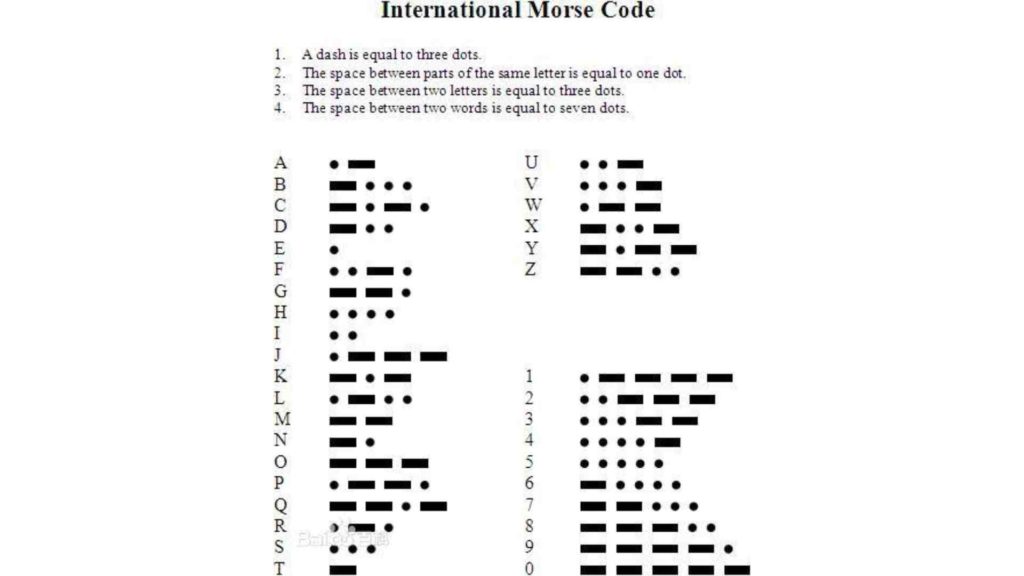
For Further Practice, you may seek the help of YouTube. Here are some channels for you to explore:
11. 2nd Mate Exam Schedule
The Examinations(Written, Orals & Signaling exams) are held each month. The exact schedule of the examination is published on the DG Shipping Website.
For Example, look at the examination schedule for January 2024:
12. How to apply for 2nd Mate CoC:
Once you clear all of your Examinations (Written+Orals+Signaling) you are eligible to apply for your 2nd Mate Certificate of Competency.
Use the following video to understand the procedure:
13. 2nd Mate Exam in UK
- It is a well-known fact that the 2nd Mate Examination in India is the toughest to clear and holds more value than other COCs
- Some cadets who feel that it’s too tedious to obtain COC in India, opt for the 2nd Mate Examination in the UK.
- It is a common practice for candidates from the rating background to try to obtain a COC from the UK
- To know more about the UK COC:
13.1 2nd Mate Exam Fees in the UK
Directly from UK
| Expense Categories | Cost in GBP (Pound) | Cost in INR (Rupee) |
| IELTS | 363 GBP | ₹36,351.58 |
| Enrollment Fee (1000 GBP+ 8145 GBP) | 9145 GBP | ₹9,145,000 |
| Maintenance Funds for Visa (1023*9) GBP | 9207 GBP | ₹91,350.00 |
| Living Expenses (Monthly) | 200-300 GBP | ₹20,000 – ₹30,000 |
| Chest Report | 25 GBP | ₹2,500.00 |
| Flight Ticket | 250- 500 GBP | ₹25,000 – ₹50,000 |
| UK Student Visa | 1100 GBP | ₹,10,000 |
| Total | 20290-20640 GBP | ₹20,29,000 – ₹20,64,000 |
UK & India Blended Program (6+3 Months)
| Expense Categories | Cost in GBP | Cost in INR |
| IELTS | Not Required | Not Required |
| Enrollment Fee | 8025 GBP | ₹8,02,500 |
| Maintenance Funds for Visa (1023*6) GBP | 9207 GBP | ₹92,700 |
| Living Expenses (Monthly) | 200-300 GBP | ₹20,000 – ₹30,000 |
| Chest Report | Not Required | Not Required |
| Flight Ticket | 250- 500 GBP | ₹25,000 – ₹50,000 |
| UK Student Visa | 130- 400GBP | ₹13,000- ₹40,000 |
| Total | 17,812- 18,432 GBP | ₹17,81,200 – ₹ 18,43,200 |
14. 2nd Mate Exam Fees in India
| Examination | 1st Attempt Fee | Total Fee |
| Written Exams (6 Subjects) | ₹500 (for each subject) | ₹3000 |
| Oral Exams (3 Function) | ₹1000 (for each Function) | ₹3000 |
| Signaling Exam | ₹1000 | ₹1000 |
15. Conclusion
If you have read this blog properly, you should have an Idea about what the Second Mates Examination in India is all about.
You should always keep in mind that the exam requires a hefty amount of preparation and determination as well. It is a belief that
Obtaining a 2nd Mates COC in India is one of the most difficult tasks as compared to other countries and hence is valued more in the maritime fraternity. Make sure you have the proper plan and preparation strategy well in advance to always have an edge.
FAQs
1. Where can I find information about the syllabus for the 2nd Mates Exam?
Ans. Information about the 2nd Mate Exam can be found Here:
Signaling Exam – Morse Code
2. What qualifications are required to appear for the 2nd Mates Exam?
Ans. You need to Complete 12-18 Months of Seatime, including 6 Months of Watch Keeping, and Complete 7 Advanced Modular courses as per STCW.
3. How is the 2nd Mates Exam structured?
Ans. The 2nd Mates Exam Consists of 6 Written Examinations, 3 Oral Examinations, and a signaling exam
4. Why is it called 2nd Mates?
Ans. It may seem to some that the exam should be called the 3rd Mate Exam as one will be joining as a 3rd Officer onboard after obtaining the 2nd Mate COC. The 2nd Mate COC entitles one to be able to be promoted to the rank of 2nd Officer onboard. No further examinations are needed at this Stage
5. What is the Maximum number of Attempts that are allowed?
Ans. 2nd Mates can be attempted an unlimited number of times until it is cleared.
6. How Difficult is the 2nd Mate Examination?
Ans. The 2nd Mate Examination is considered to be difficult for the average student as it comprises 3 different examinations. The Orals are particularly difficult as questions may be asked from anywhere in the syllabus.
7. What if I fail in one subject and pass in others?
Ans. If you fail in one subject and pass in the rest, you need to attend the re-examination of the failed subject only and pay the respective fees accordingly. You need to wait at least a month to take the re-examination. This applies to Orals as well. Click Here.
Disclaimer :- The opinions expressed in this article belong solely to the author and may not necessarily reflect those of Merchant Navy Decoded. We cannot guarantee the accuracy of the information provided and disclaim any responsibility for it. Data and visuals used are sourced from publicly available information and may not be authenticated by any regulatory body. Reviews and comments appearing on our blogs represent the opinions of individuals and do not necessarily reflect the views of Merchant Navy Decoded. We are not responsible for any loss or damage resulting from reliance on these reviews or comments.
Reproduction, copying, sharing, or use of the article or images in any form is strictly prohibited without prior permission from both the author and Merchant Navy Decoded.

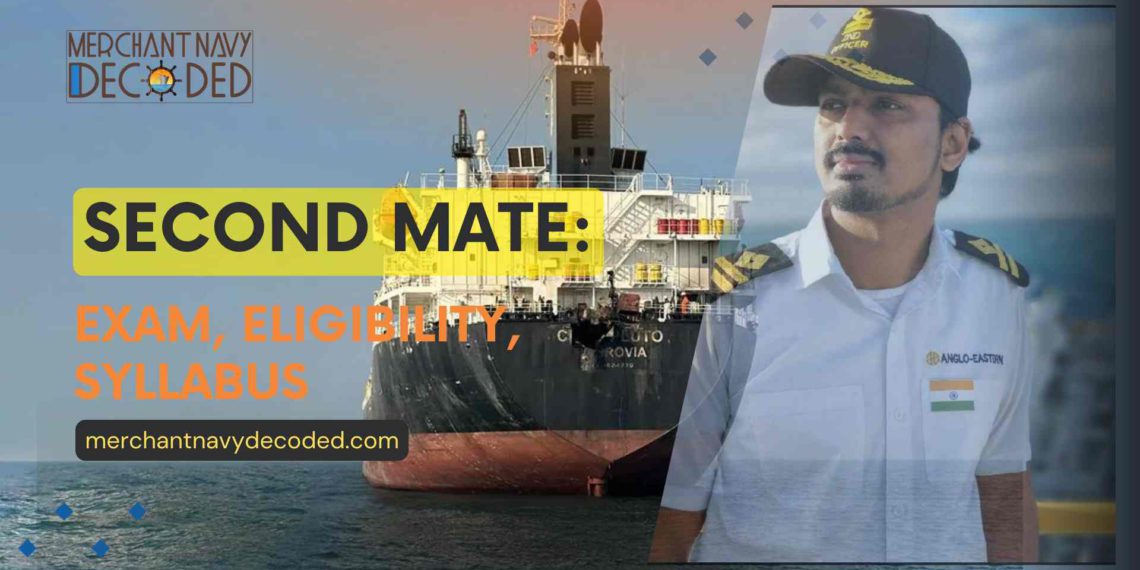
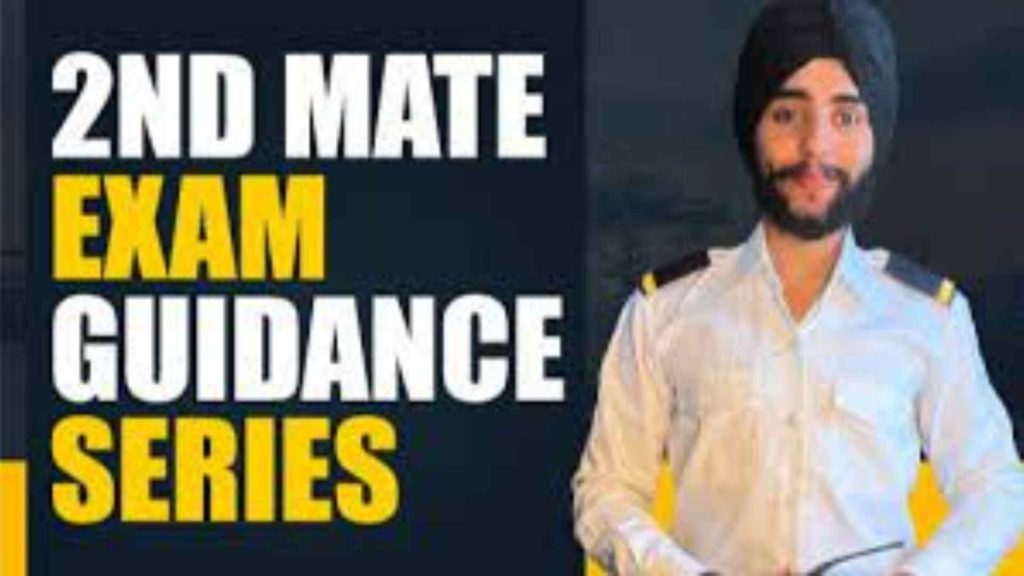
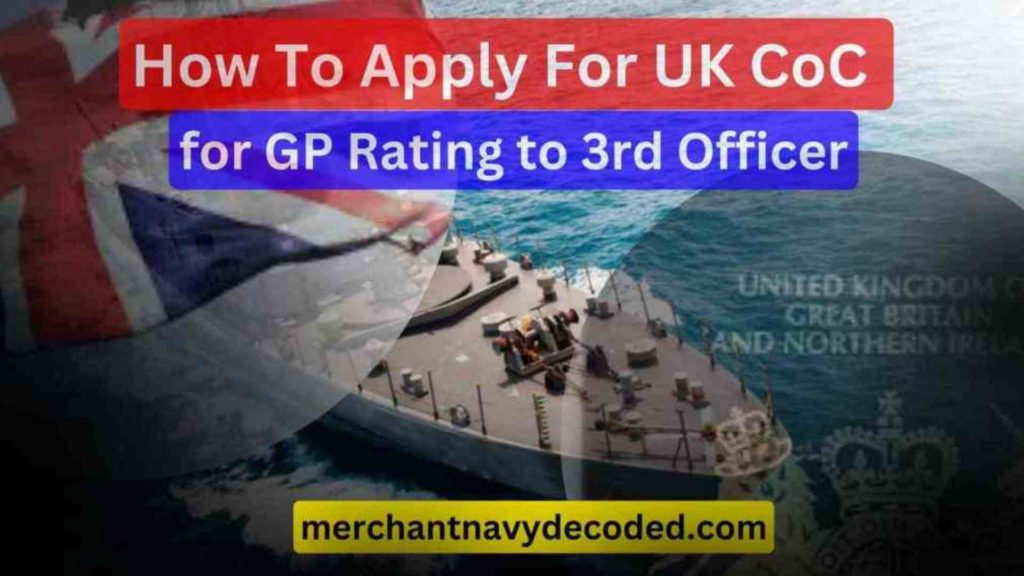


Thanks for providing the detailed info
Right now I am in 12th soo am going to start preparing for this after my 12th gets overed soo that I will be able to qualify it just like a nut. 👽
Hey Shlok, it’s great to see that you are preparing for your future from class 12th. Join our How to Join Merchant Navy Free Series for detailed process to join merchant navy. Let us know if you need any help in your preparation.
Kindly Give Idea for MEO class 4 in the similiar manner with Syllabus and Expenses
Hi Jack, there is a complete free course where you can learn everything about MEO Class 4 whether it is syllabus, expenses, and eligibility. Enroll in the free MEO Class 4 series to learn more about it.
hellocan anyone guide me where should i study for second mate online or from books please guide
it will matter a lot. rn i have started doing sailing
Hi Amit, if you want to prepare for the 2nd Mate, then you can use the books of JS Fleet for the best preparation of 2nd Mate.
Please give idea of Second mate course and exam total fees including accomodation and food?
Hi Renji, if you want to know information about Second Mate Course then you should enroll in our free 2nd Mate Guidance Series, where you will get all the information regarding fees and exams.
Sir, what is the catch in question no. 5 (FAQ) ?
There is no error Akshat, it was an error which has been fixed.